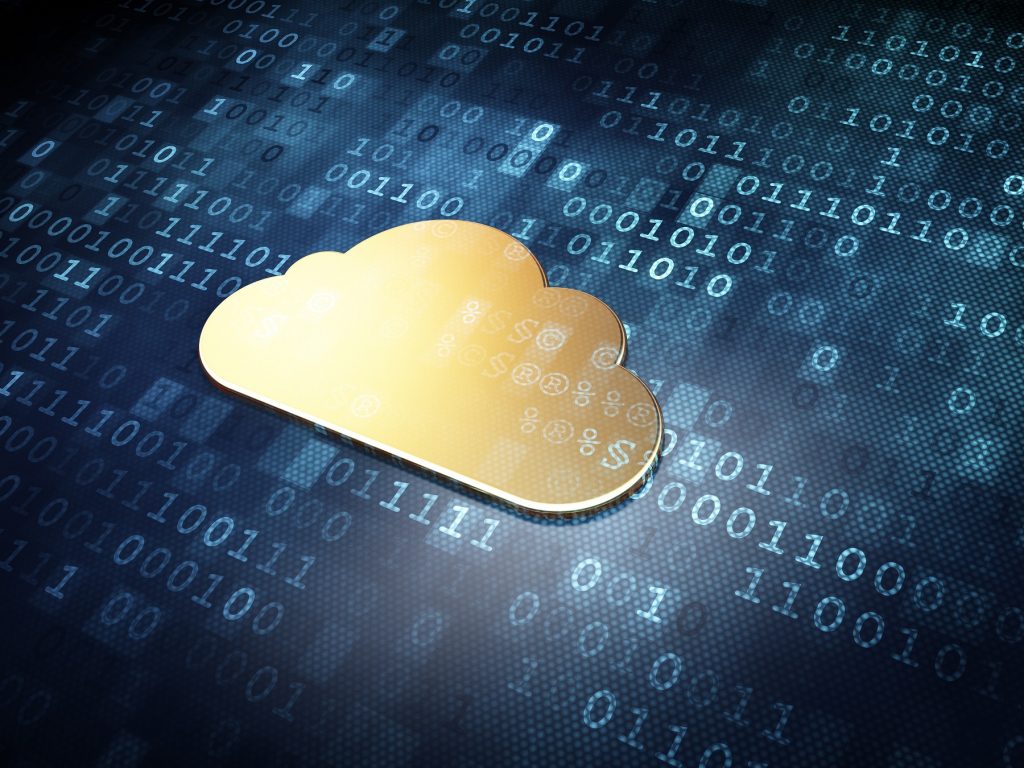Everyone always talks about climate change, but did you know that the number of natural disasters has tripled over the last three decades? Cybercrime is also on the rise. Europe alone saw a total of 42.8 million incidents in 2014, a 48% increase from 2013. With an increasing number of physical and network security threats, companies must fight harder than ever to protect their data. Yet, many organizations don’t have the correct insurance policies in place to safeguard critical business assets.
The 2014 State of Global Disaster Recovery Preparedness report, for instance, found that 73% of companies received failing scores for disaster recovery preparedness. 40% of surveyed companies even admitted that their current DR plans did not prove very useful when responding to a worst-case scenario. Not being prepared comes at a cost though. Symantec estimates that companies that risk their data should be prepared to lose around $199 per record.

Beyond the basic cost of data loss lies the dreaded, profit-sucking threat of downtime. Consuming anywhere from $8,581 per hour for small businesses and up to $215,638 per hour for businesses up to 999 employees, downtime carries costly penalties.
Overall, companies that don’t have plans or resources in place to combat these threats to their business and productivity could easily find themselves facing expensive consequences. The question that businesses must ask themselves is this: How do I best protect my investments?
The basic tools start with Disaster Recovery and Business Continuity/High Availability/IT failover plans. Another major factor is having the right IT expertise to analyze and identify the root causes of compromised systems. These knowledgeable IT teams must be able to quickly and efficiently initiate the countermeasures required. As a result, there is an increased need for IT Managers to not only take on more strategic roles, but also balance that with their existing management and maintenance responsibilities.
For many businesses, data protection has become a lifeline. To achieve this level of defense, companies must explore new ways to juggle the responsibility of shielding mission-critical systems, to keep their business insured against threats and downtime. Cloud computing, for instance, is a technology that many companies are using to help manage, secure, and keep watch over their data and systems. As an affordable option, the cloud supports operations and can take the maintenance strain off of IT environments, allowing IT department leaders to focus on business strategies.

